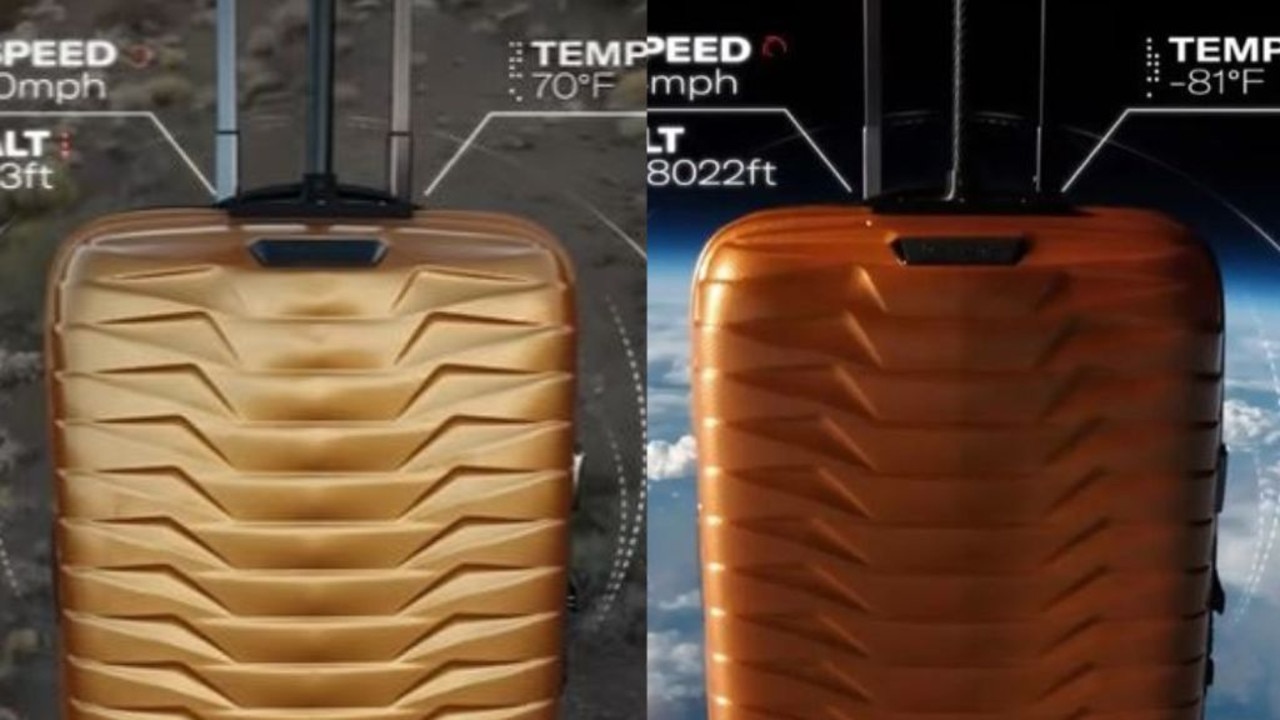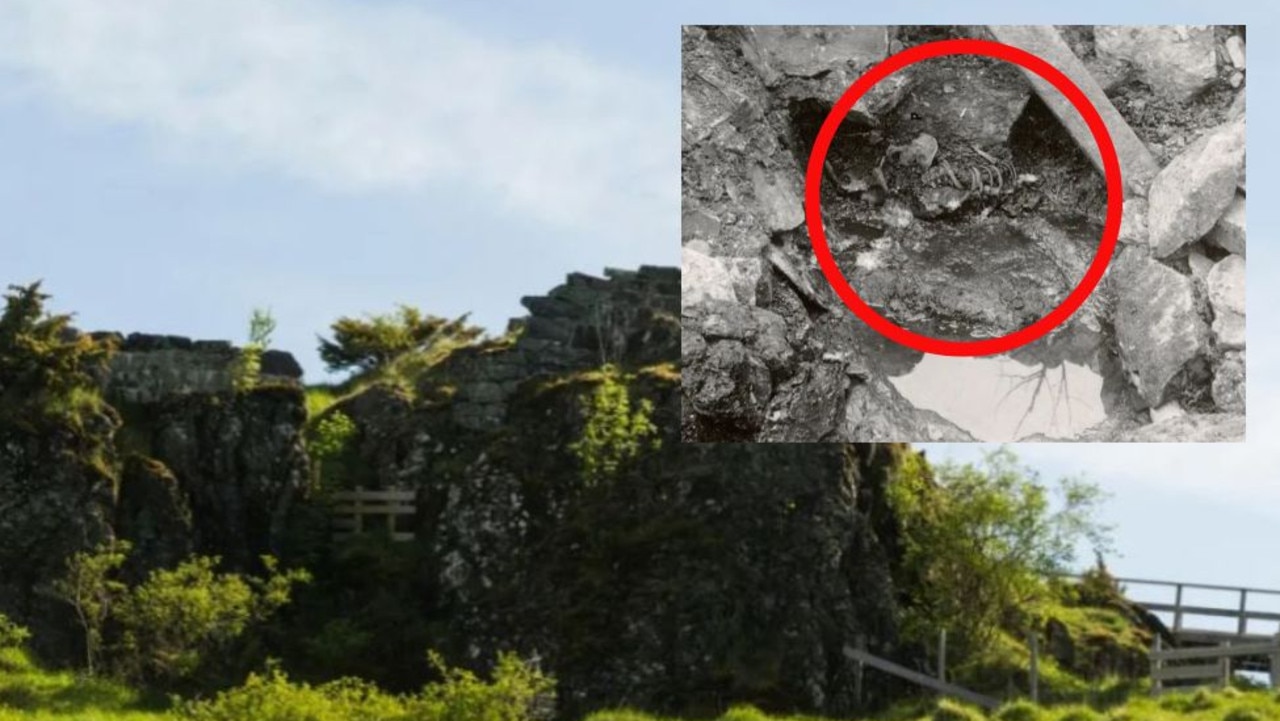How Disney quietly abandoned its first ever theme park sparking 20-year riddle
Disney’s first ever theme park was discreetly left to rot sparking a 20-year riddle. Now, fans have spotted a hint.
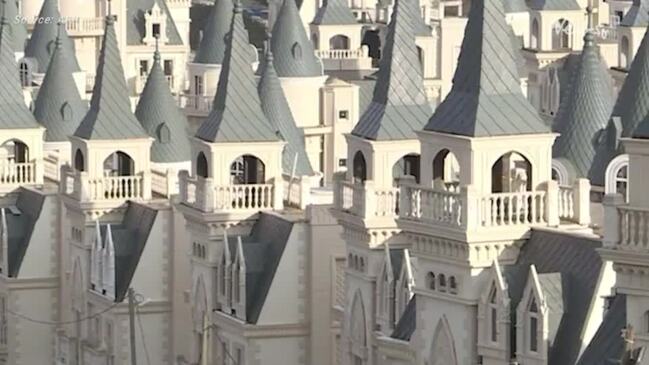
Disney’s first ever theme park was discreetly left to rot sparking a 20-year riddle and baffling adrenaline junkies.
But now fans have spotted a hint suggesting that there’s still hope for the deserted patch and it might make a shock comeback.
Disney’s River Country park first opened its doors in 1976 and featured a number of water rides and pools, described as a “Huckleberry Finn old-fashion swimming hole”.
Sadly, the once popular spot met a tragic demise in 2001, breaking the hearts of thrillseekers when it closed its doors.
But a glimmer of hope has been found for the forgotten fortress as eagle-eyed Disney fans spotted something strange in a recent video.
Disney recently announced it plans to expand its Fort Wilderness resort and build luxury log cabins.
Fort wilderness used to operate alongside the park and kept running as a campsite after the closure.
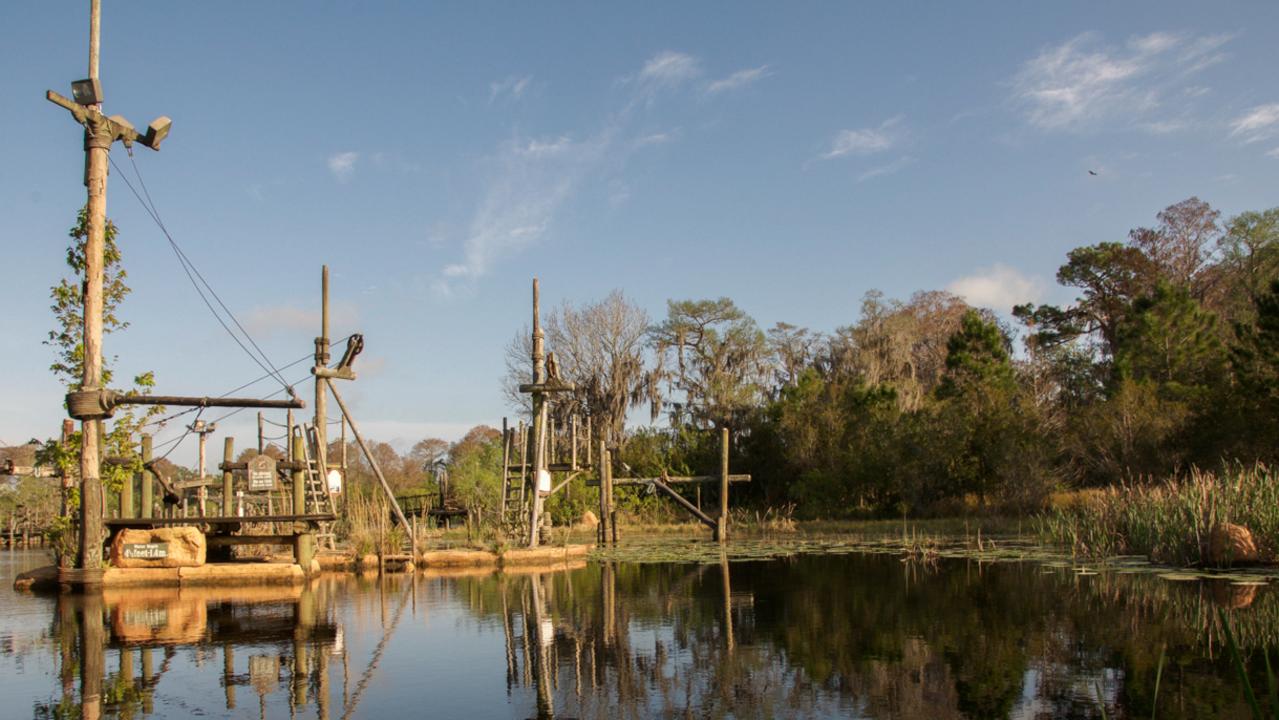
These new cabins will be opening on July 1, 2024, at Walt Disney World and provide a “refreshed look for one of the older Disney World hotels”, according to inside the magic net.
A new video shows off the flashy cabins, complete with new amenities, decor, and an entirely new aesthetic.
But one detail had fans more excited than the rest.
The remodelled huts include a reference to Disney’s oldest water park.
Framed on the wall in the bedroom is postcard from River Country.
The addition sparked excitement from fans that a revival might be on Disney’s mind.
And it seems this isn’t the first time an attempt to breathe life back into River Country has been made.
In 2022 The Orlando Sentinel reported that it would be turned into a new “nature inspired” park with more than 900 beds.
Fans on X, formerly Twitter, are also speculating as one posted an image of the River Country cent writing: “River country will be making a comeback!”
Another added: “Disney acknowledging that river country existed. I’m guessing the new cabins will be where it used to be.
“It’s been under construction forever.”
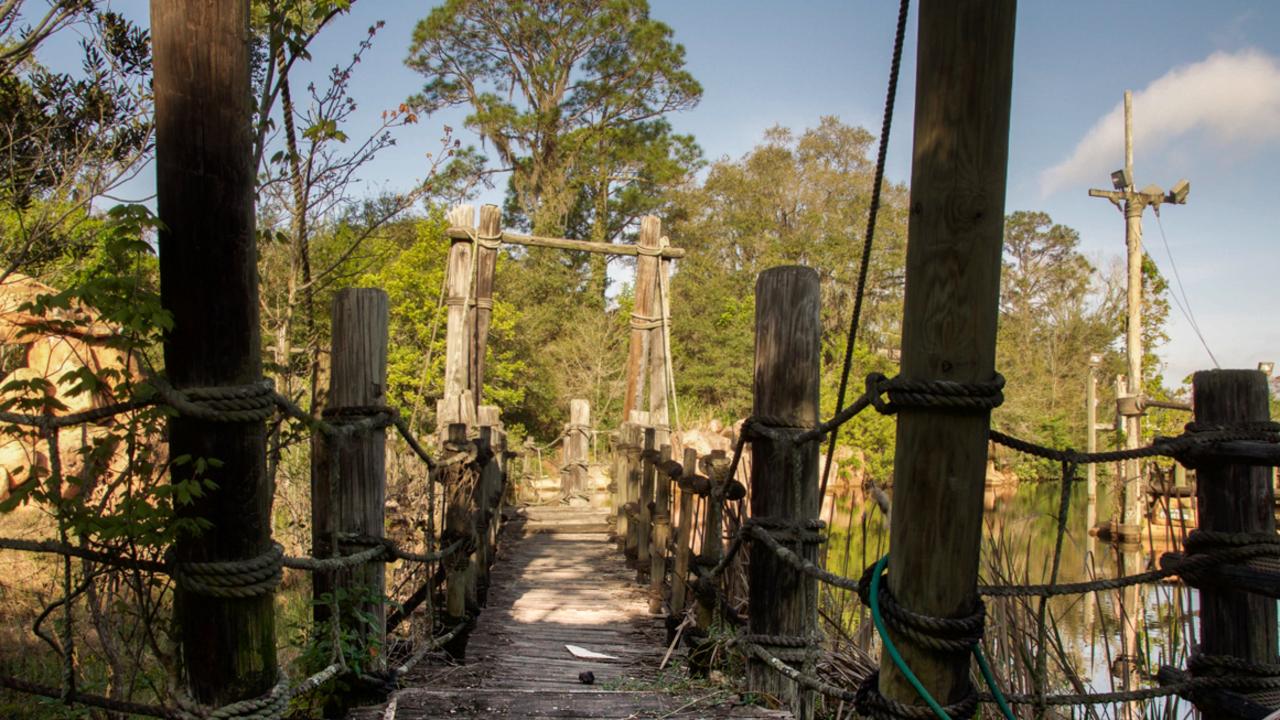
Despite boasting an average of 4,700 daily guests the Orlando attraction’s owners decided to call it quits and shut the place down.
But, bizarrely, instead of demolishing it they simply closed the gates and allowed nature to reclaim the land.
Given the park’s reputation for having a pristine and well kept appearance this is a decision which has both confused and fascinated explorers.
Eager urban adventurers have even tried to illegally make their way in past the park’s gates hoping to document the disrepair and solve the mystery of why the park closed in the first place.
Although River Country was a place that provided families with many happy memories it had a dark and twisted history which some believe may have lead to its downfall.
The attraction was hit by a number of incidents after three teenagers died between 1980 and 1989.
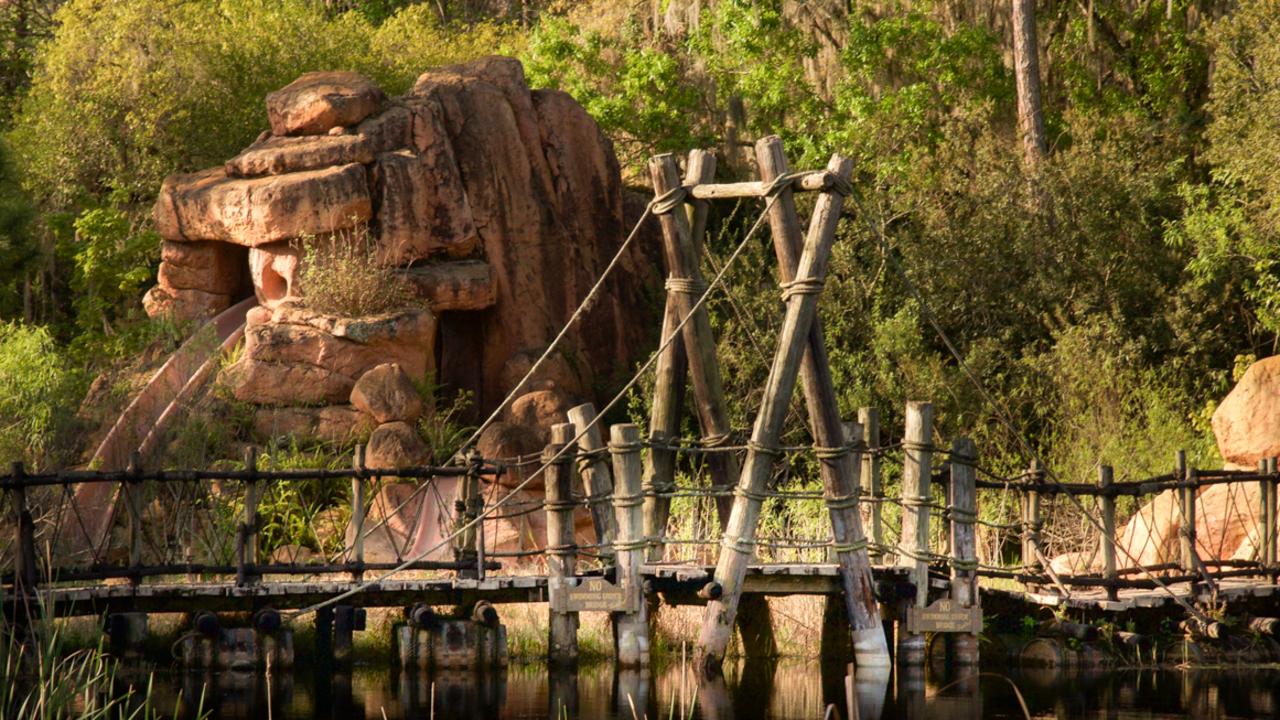
In 1980, an 11-year old boy contracted amoebic meningoencephalitis, an often fatal disease that is commonly found in freshwater.
Disney were absolved of the blame, although a second death in 1982, when a 14-year old boy drowned at the bottom of a slide, resulted in a settlement with the family of $375,000 (£289,000).
A 13-year-old boy also drowned in 1989.
The 9/11 terror attacks also resulted in a drop in revenue to many of the Disney theme parks.
Images of the park show festering green ponds where crystal clear water once flowed and overgrown weeds encroaching onto the footpaths.
Wooden structures and features remain in tact, albeit swallowed by nature with moss and vines tangled in them.
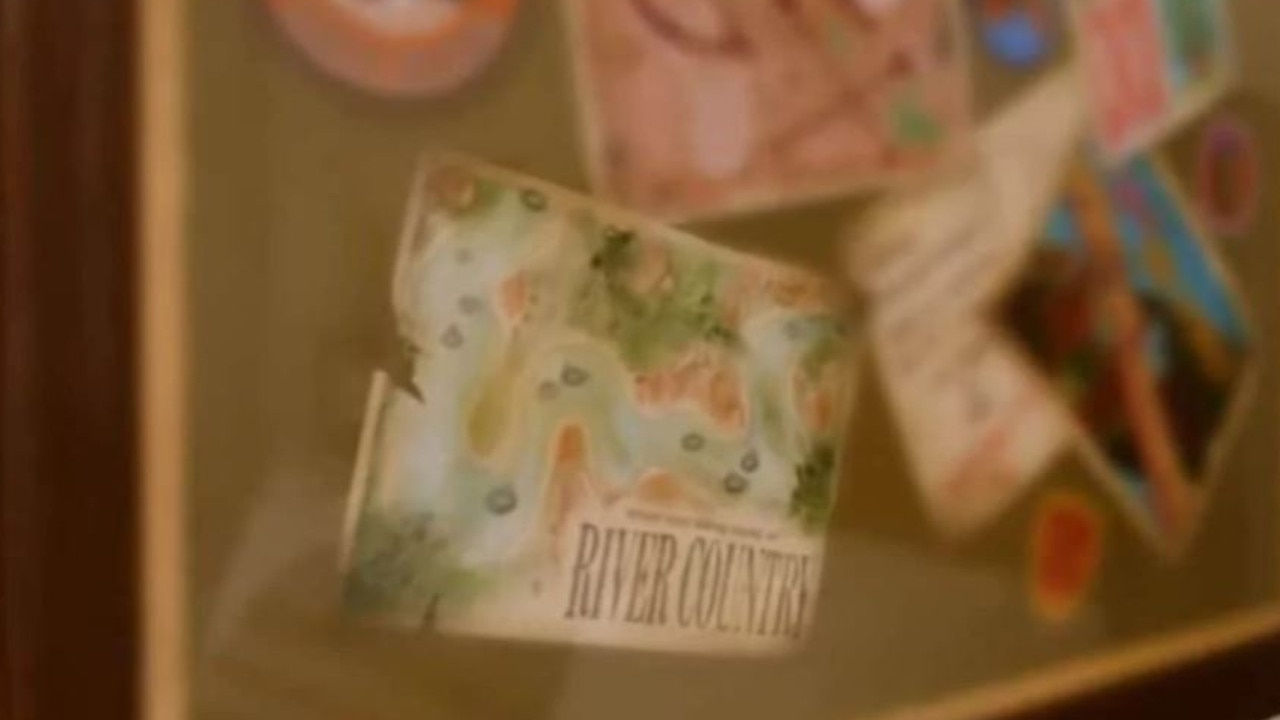
It comes as an abandoned home that went viral for the hundreds of cars left on the property was up for sale for a shocking reason.
The home in New Hampshire has more than 300 classic cars all over the property and is included in the purchase.
Steve Cushing, whose brother used to live in the home, said a business called Parts of the Past was ran out of the property and sold pre-1972 American cars and parts collected from New England.
At its peak, Cushing told The Drive that his brother, who asked to remain anonymous, had collected as many as 1,200 cars.
This article originally appeared on The Sun and has been republished with permission



